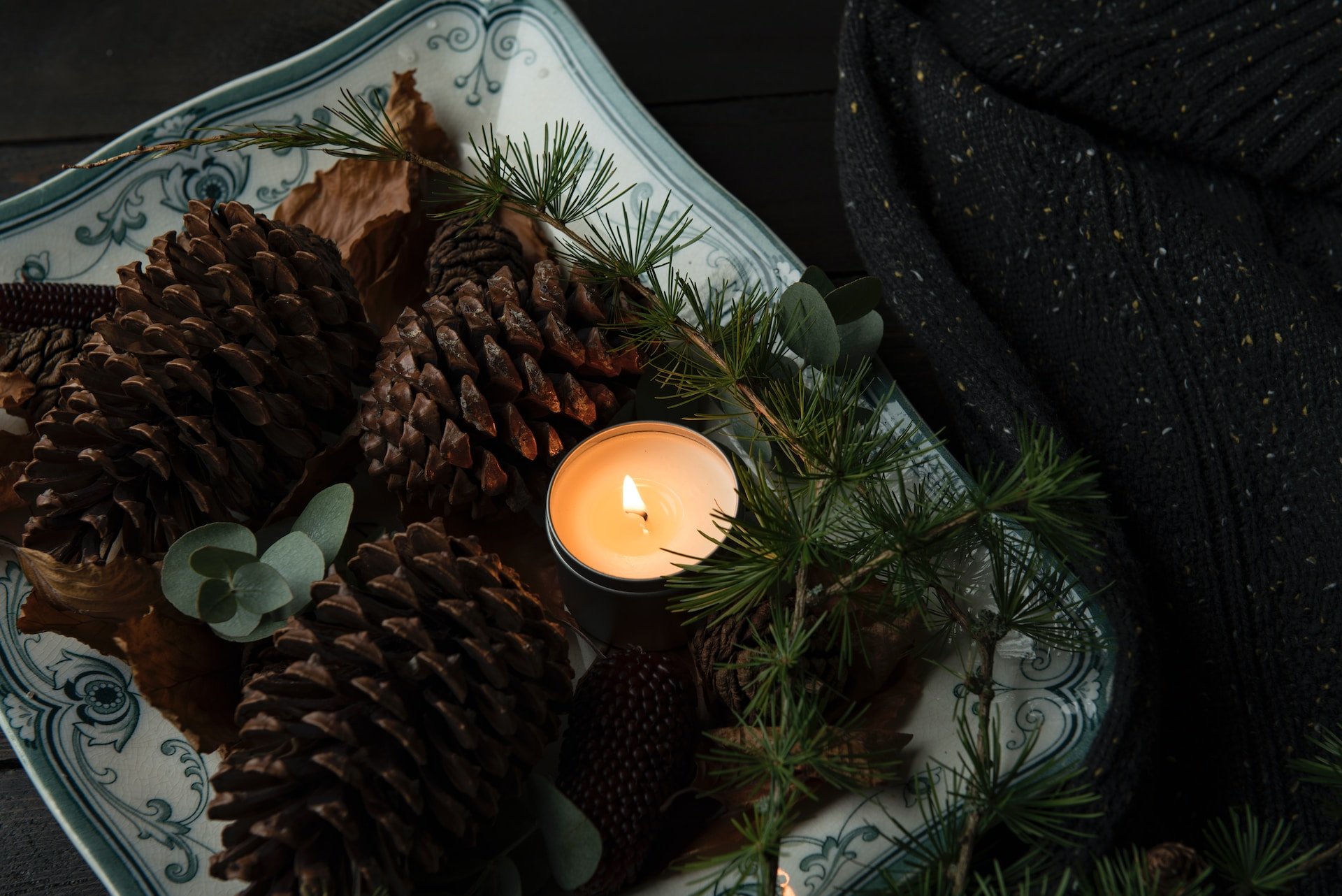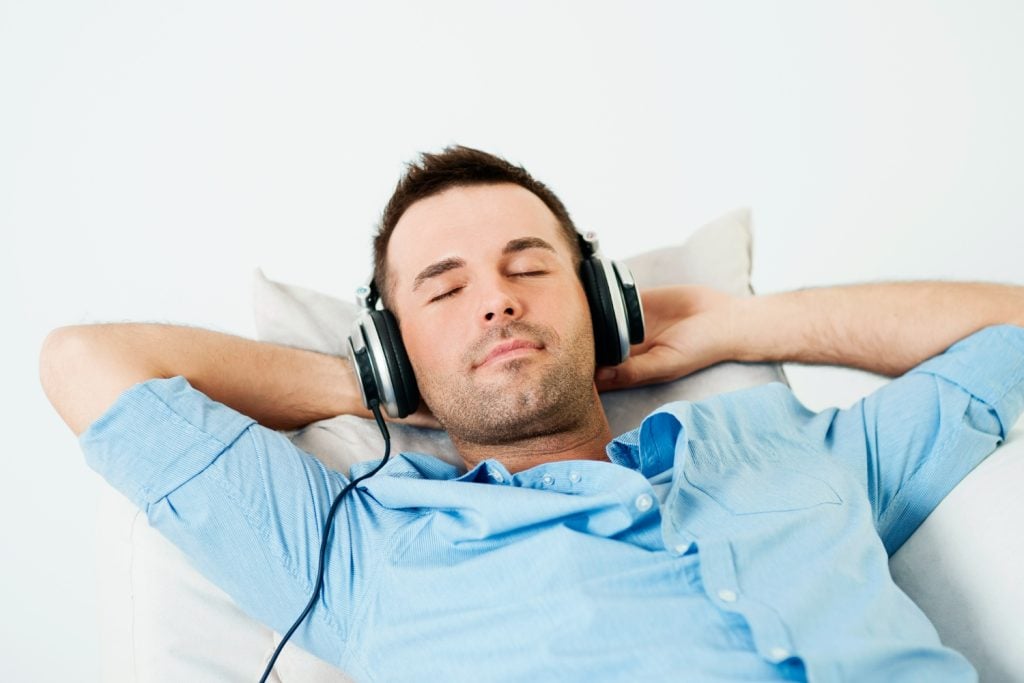
Image by Freepik
Have you ever heard about White noise? It is part of brain waves and known as solution to a common problem of sleep. Nowdays people find various color noises including white noise to fall asleep faster and this article is going to deal with Pink noise.
You’re not alone if you experience brain starts revving up as soon as your head strikes the pillow or if you often toss and turn when you need to fall asleep faster. Your ZZZs may seem far away due to stress and worry.
Sleeplessness is often treated using white noise machines or phone applications that play white noise. But if you have trouble falling asleep, you may try various sounds. That includes sounds in different color noises, like pink noise, brown noise, grey noise etc.
Here is a guide about pink noise: its definition, examples and how it works. And then compare pink noise vs. brown noise, blue noise, etc. Let’s explore benefits of pink noise and reason why it is best color noise for sleep!
What is Pink noise?
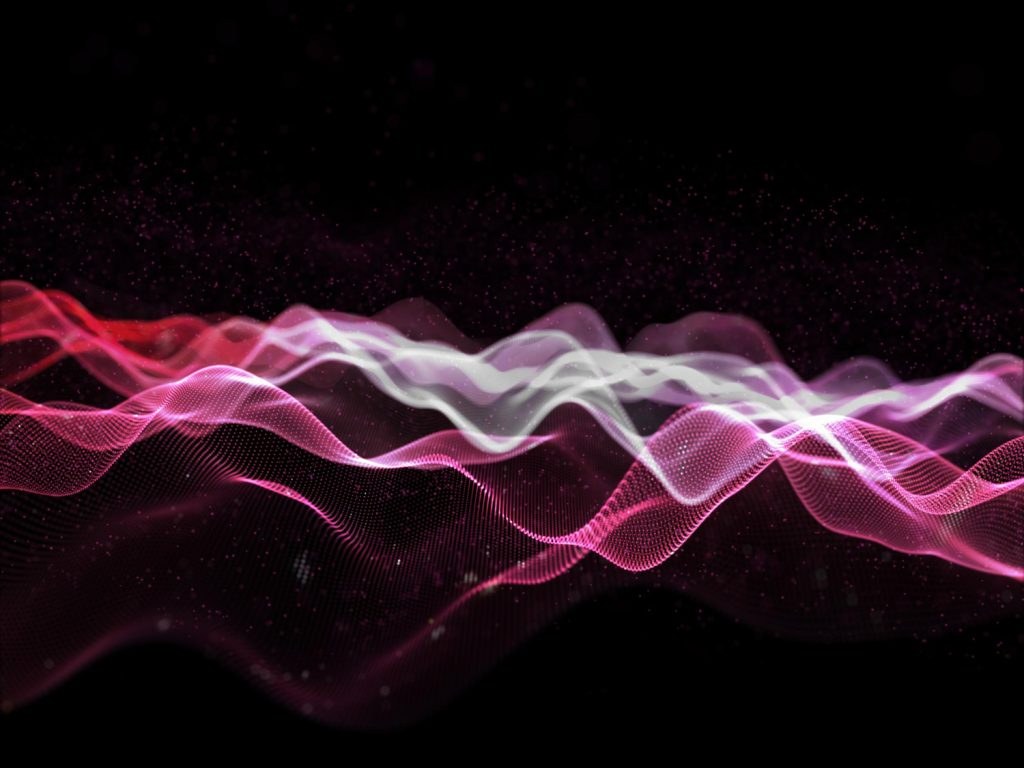
Image by Freepik
Pink noise is one of color noises and has the same continuous, low hum that white noise does. However, its lower, deeper sound waves result in a flatter, more even sound, making the difference. Pink noise resembles the ocean, rain, a waterfall, or wind rustling through trees more than white noise, which sounds like static from a television. Basically, it sounds more “natural,” yet with a steady pace.
All of these result in a sound that is much more calming. Additionally, it muffles sounds that might usually keep you awake in complete quiet (think cars driving past your place, your cat meowing at 3 am and your drunken neighbours coming home).
Examples of Pink Noise
Pink noise is a term used to describe a variety of natural noises, such as rain, rustling leaves, and waves smashing on a beach.
Not all natural noises, however, are pink noise. Comparing pink noise vs. brown noise, brown noise is a kind of sound that emphasizes low frequencies even more than pink noise does. For instance, brown noise includes sounds like thunder or distant waterfalls.
Does pink noise help me sleep well?
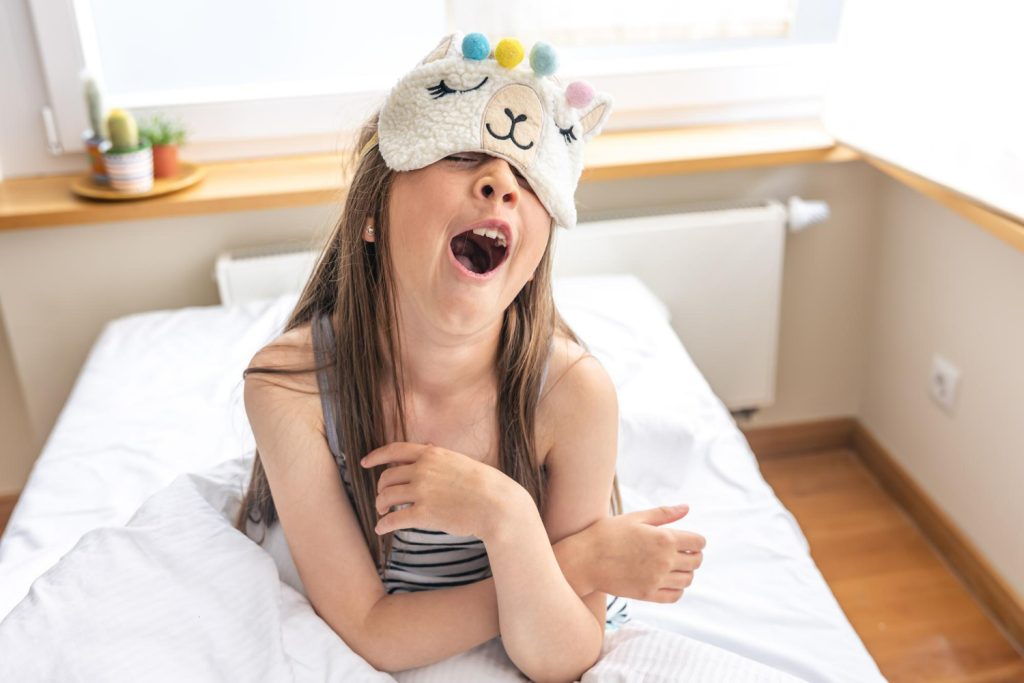
Image by Freepik
Is pink noise best color noise for sleep? What are benefits of pink noise?
Pink noise’s ability to “mask” other noises is what makes it such a great sleep aid. Because of “the shift in sound,” rather than the sound itself, a neighbour’s dog barking in the middle of the night wakes us up when we are otherwise sound asleep.
Pink noise works because it produces a constant background noise that lessens the impact of unexpected loud noises on our sleeping brains. Pink noise is a clear victor when it comes to masking noise for a variety of reasons, including the one we indicated above that which places more of a focus on lower-frequency noises, which is more gratifying to our sleeping brains.
Pink noise resembles a pattern that is halfway between uncorrelated movement and pure randomness. Pink noise helps our brains relax as we sleep in part because it isn’t entirely random but yet not quite organized either.
Reduces the Time to Fall Asleep
By blocking out distracting stimuli, a steady pink noise may help individuals relax before going to bed. You may go to deep slumber sooner thanks to pink noise, which also makes it easier to fall asleep faster. It is one of most mentioned benefits of pink noise.
Boosts the Quality of Sleep
You could employ pink noise to improve the quality of your sleep. Your brain waves will gradually slow down in time to a pink noise soundtrack, which will help you go to fall asleep faster. By playing short bursts of pink noise at certain periods during the night, researchers have also been successful in promoting deep slumber.
The deepest stage of sleep is the most restorative and is crucial for immune system health. Deep sleep augmentation with pink noise may also benefit stress hormone levels and cardiovascular health. Pink noise that is played while you sleep and in time with certain brain waves may help with memory.
Additionally, pink noise could improve the density of sleep spindles. They are brief spikes in brain activity that assist in blocking out outside stimuli when a person is sleeping. Using pulses of pink noise to boost sleep spindle density may help reduce chronic pain, according to a promising new study.
10 Ways to Relieve Stress and Sleep Well
How Pink Noise Works?

Image by Freepik
Pink noise, like white noise and brown noise, primarily serves to mask disturbing noises that could otherwise wake you up from a deep slumber.
Although many users on TikTok claim pink noise sounds “frightening,” it’s still worth giving it a listen to see how you feel. Some people also find it to be calming.
Pink noise has a more covert advantage in that, after a few nights of use, its connection with better sleep may really aid in sleep. It’s something like the placebo effect, yes, but more akin to the force of repetition. If you constantly listen to pink noise as you head to bed, eventually it will function as a “time to rest” signal, much as putting on pyjamas and cleaning your teeth prompts your brain that it is time to go to sleep.
To use pink noise as like best color noise for sleep and bask benefits of pink noise, you should know how it works.
The Right Use of pink noise
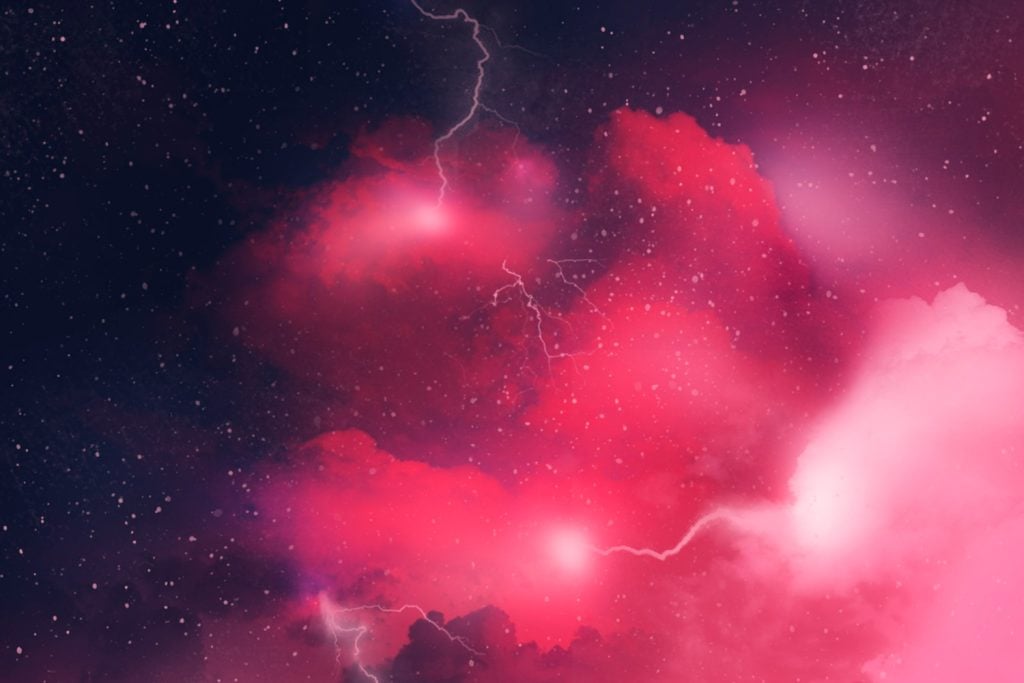
Image by Freepik
The use of pink noise has no known drawbacks, so if you give it a try and like it, keep listening. One thing to keep in mind, however, is that pink noise won’t miraculously solve all sleep problems, and it won’t change poor sleep patterns either. Just because you put on some waterfall sounds doesn’t mean you can get away with staying up late or waking up at random times.
Consider pink noise as the icing on the cake rather than a replacement for the other essentials of good sleep hygiene.
You thus need a regular bedtime, a soothing nighttime ritual, enough sleep, and a comfy bed. Anything that calms you down is a good thing, whether it’s a quick face massage, reading a book, or listening to pink noise.
You may listen to pink noise at whatever level you prefer, whether out loud on your laptop or phone, via a sound machine, or with wireless headphones (never use wired headphones in bed since the cord can be hazardous while you’re tossing and turning all night). Simply turn it on before going to bed and let it play until you’re ready to get up.
See how you feel after giving it a try. It’s excellent if pink noise works for you. If not, nothing is lost. Whether pink noise is best color noise for sleep is up to your taste. Just be careful to follow all the other excellent sleep practices.
Other Colors of Noise

Image by Freepik
There are other color noises than pink and white, which are the ones most often connected to sleep. The majority of them get their names due to their distribution resembling that of the appropriate bright hue. The following are some of the most popular noise colors:
Brown/Red Noise
Let’s compare pink noise vs. brown noise. Red noise, sometimes referred to as brown noise, is progressively quieter as the octave increases by a factor of six. As a result, it produces a rumbling sound that is much louder than pink noise and resembles the sound of a constant downpour or a shower. For individuals who want a sound that is even deeper than pink noise, several sleep applications provide brown noise.
The same mechanism that results in so-called Brownian motion also produces a particular kind of low-frequency sound known as brown noise. Brown noise has nothing to do with color; rather, it takes its name from Robert Brown, a Scottish botanist who discovered a particular kind of random microscopic motion that is now known as Brownian motion. Brown noise, commonly referred to as “red noise,” is distinguished by a strong concentration of low-frequency noises.
You have likely experienced brown noise without being aware of its unique moniker. Brown noise is extremely similar to the rumbling of thunder, heavy rain, and waterfalls, and many people find these sounds to be calming and pleasant.
Blue Noise
The strength of blue noise rises proportionately with frequency. Blue noise has a little darker tone than pink and white noise because the higher frequencies are relatively louder.
Violet Noise
With violet noise, the volume fluctuates at the same pace as it does with brown noise, but the loudness increases rather than decreases with each octave. Because of this, it belongs to the higher-pitched noise spectrum and may be used to cure tinnitus.
Gray Noise
Gray noise has a power spectrum that is more evenly distributed between higher and lower frequencies, and less so between intermediate frequencies. The end product has a white noise-like quality, but with greater harmony.
Other sorts of noise, such as orange, black, and green noise, are also given colors by certain people. These definitions are less rigid, and many individuals may apply them differently.
Which is better for sleep, pink noise or brown noise?
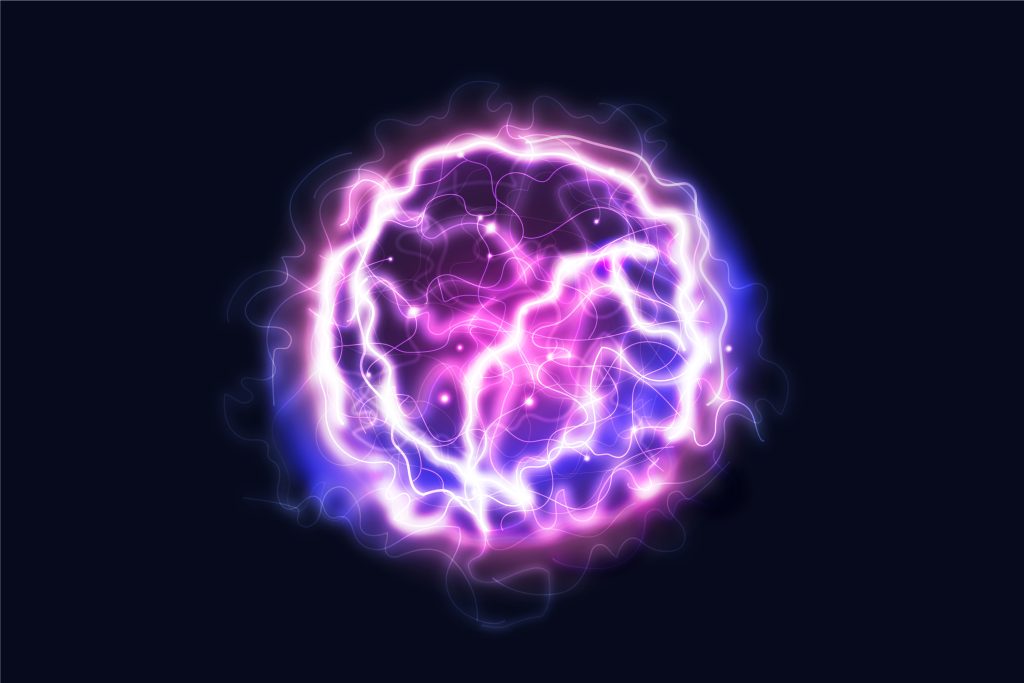
Image by Freepik
Pink Noise Vs. Brown Noise? Which is best color noise for sleep?
The answer to this actually depends on your preferences.
You must avoid forcing yourself (or your spouse) to listen to music you don’t like. Give it some time once you’ve settled on a sleep noise that both of you can tolerate; most individuals adjust to new sleep noises within two to three days, but others may do so right away. (True insomniacs who have a history of erratic sleeping patterns may need considerably more time.)
You’ll probably want to remain with your perfect noise for the rest of your life once you’ve discovered it. Hopefully, the information in this post should have helped you understand how to integrate these sounds into your sleep schedule.
Recommended Free Pink Noise App
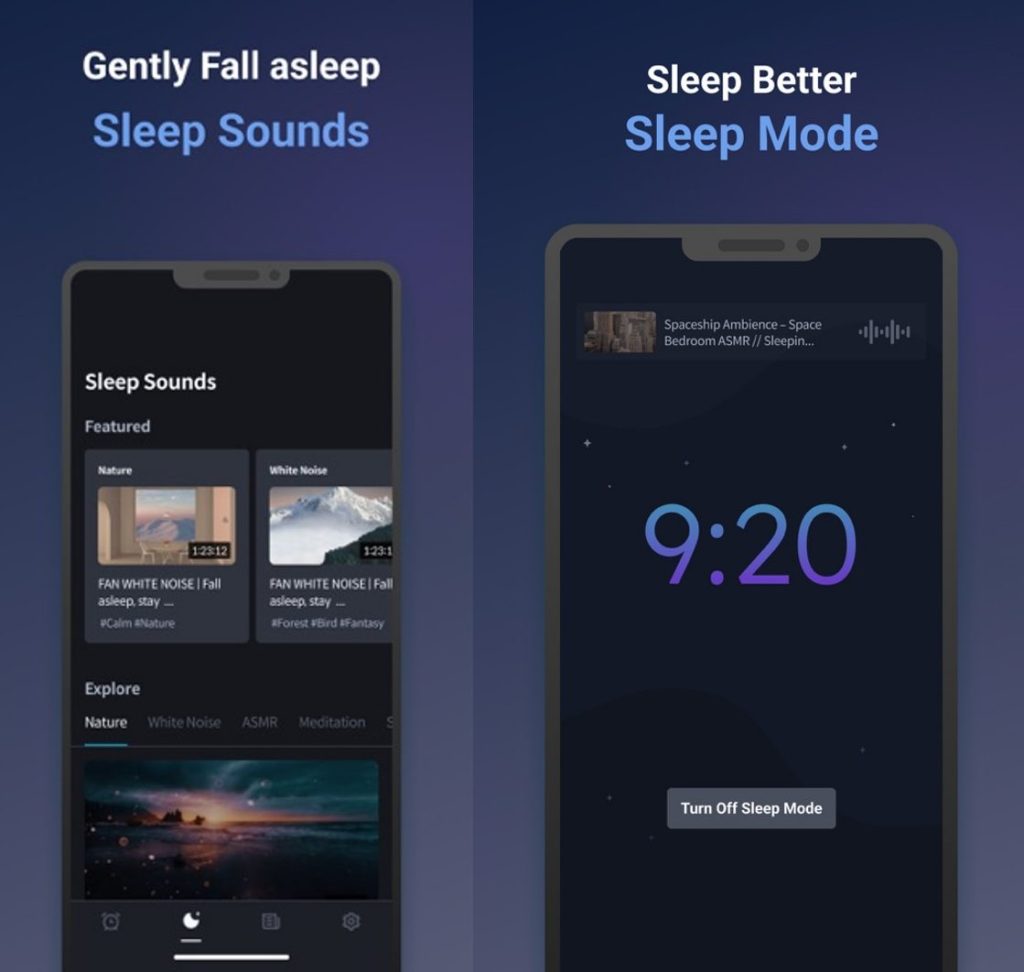
Image by Alarmy
There are a lot of free pink noise apps on the play store but we have chosen the best alternative for our readers. It is an all-in-one app to finetune your waking up and sleep schedules and get your life back on track.
Try Alarmy, a free app that can do wonders to make your morning and night routine better. There are tons of amazing sleep sounds to help you sleep better, and wake up better. Let’s bask benefits of pink noise and more color noises to fall asleep faster!


